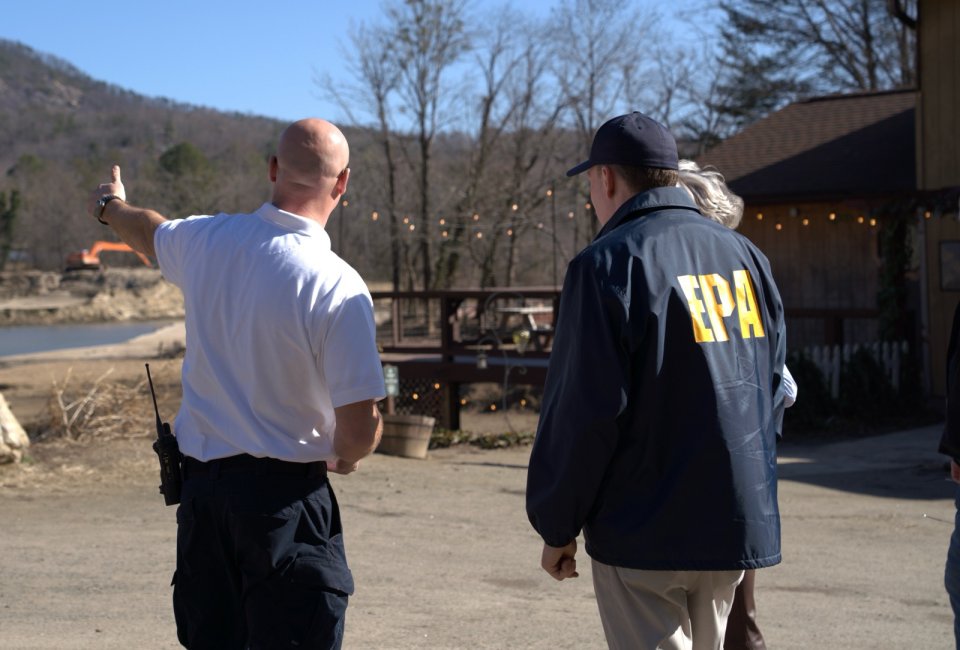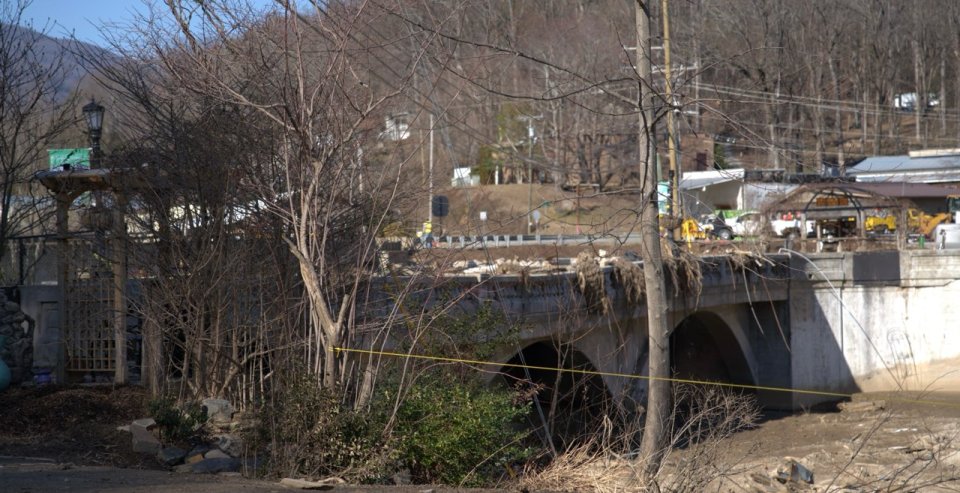EPA Administrator Lee Zeldin Travels to Western North Carolina to Visit Communities Rebuilding in the Wake of Hurricane Helene
WASHINGTON – On Friday, February 7, 2025, U.S. Environmental Protection Agency (EPA) Administrator Lee Zeldin traveled to Western North Carolina, to meet with local, state, and county officials, and residents to survey the damage caused by Hurricane Helene and to hear firsthand about the rebuilding effort taking place.
“When Hurricane Helene ripped through the Southeast, entire communities were destroyed. EPA has been on the scene ever since to assist residents and localities. I want all residents in North Carolina, and other impacted states, to know that while Helene may no longer be in the headlines, the EPA will continue working with high impact and maximum effort,” said Administrator Zeldin.

Administrator Zeldin started his morning at the Lake Lure Debris Site with EPA Region 4 Leadership and North Carolina state officials. Following the site visit, he met with local residents impacted by the hurricane. He concluded his day by touring Asheville’s North Fork Drinking Water Treatment Plant and the Marshall Sewage Facility.
In North Carolina, EPA was activated under mission assignments for both Emergency Support Function (ESF)-3, which includes water and wastewater needs, and ESF-10, which includes oil and hazardous materials response.
Under ESF-3, EPA deployed 71 EPA water emergency response team members to support the Western North Carolina response effort between September 28 and December 13, 2025. Among their accomplishments:
- EPA teams worked with the U.S. Army Corps of Engineers (USACE) to assess 285 drinking water and wastewater facilities to restore safe drinking water and wastewater services as rapidly as possible.
- An EPA drinking water expert deployed to Asheville and helped the city restore fire suppression and sanitation within days of Helene’s landfall, and safe drinking water to all residents by November 18, 2025.
- EPA deployed two mobile drinking water labs to quickly process public utility and private drinking water well samples. The labs in Buncombe County (Asheville) and Watauga County (Boone) processed 1,565 water samples to help residents determine whether flooded private wells were safe from bacteria. Working with local health departments, the EPA also provided residents with information to decontaminate their wells.

Under ESF-10, EPA deployed a total of 4 On-Scene Coordinators and 24 contractors to work with USACE and the N.C. Department of Environmental Quality to assess and mitigate orphan containers in waterways and on land in Buncombe, Madison, McDowell, Mitchell and Haywood Counties. Since October 2, 2024, EPA has:
-
- Collected over 2,000 containers with oil, hazardous materials or propane
- Recycled over 8,400 tons of metals and plastics
- Disposed of approximately 24,000 gallons of oil and water mixtures
- Collected between 15 and 20 pounds of mercury that is pending disposal
- Collected 26 drums containing oxidizers, caustics, acids, etc., that are pending disposal

Deployments continue with technical and cleanup contractor support. The focus is on areas not accessible earlier due to debris or lack of access to private property, including railroad right-of-way. This work is ongoing and EPA maintains a dashboard to track the status of target location assessments
Administrator Zeldin headed straight to Western North Carolina from Los Angeles, California, where he met with impacted residents and EPA team members who are leading the largest wildfire cleanup in EPA history.
